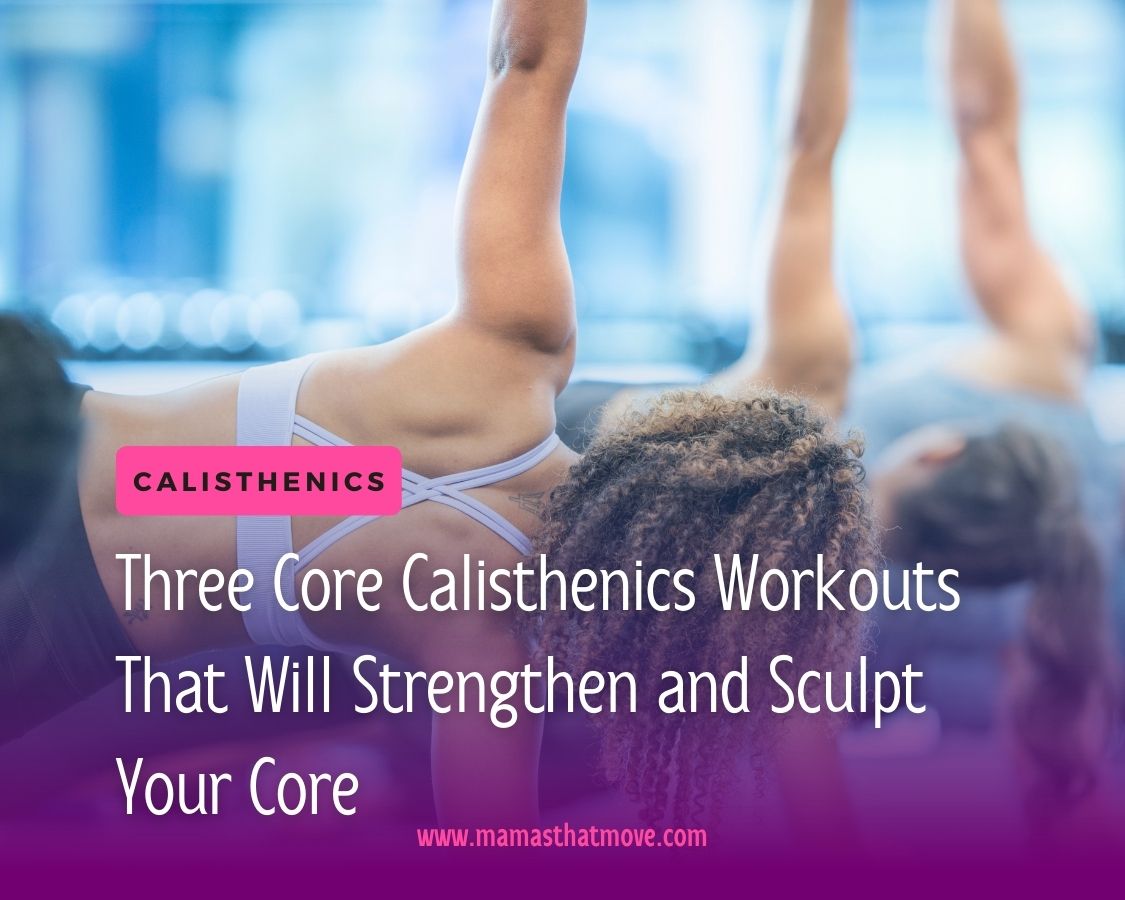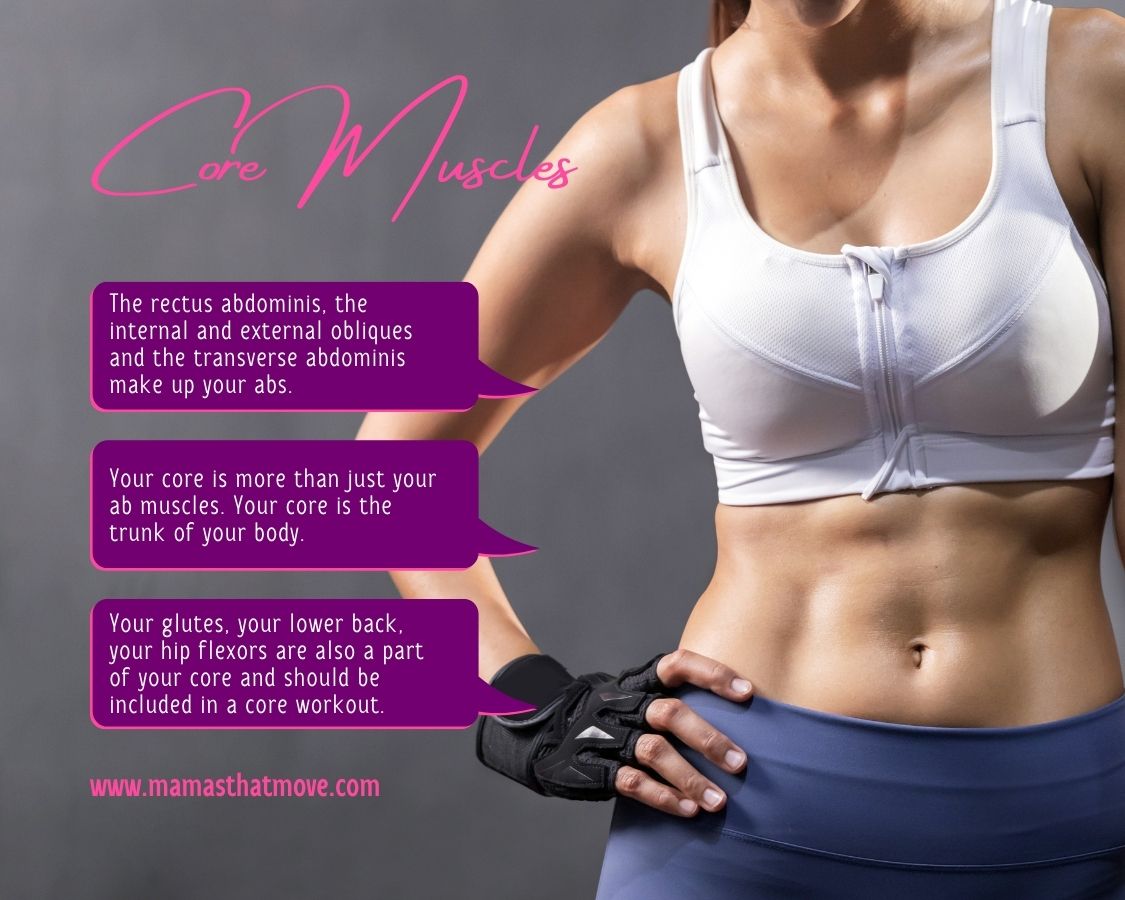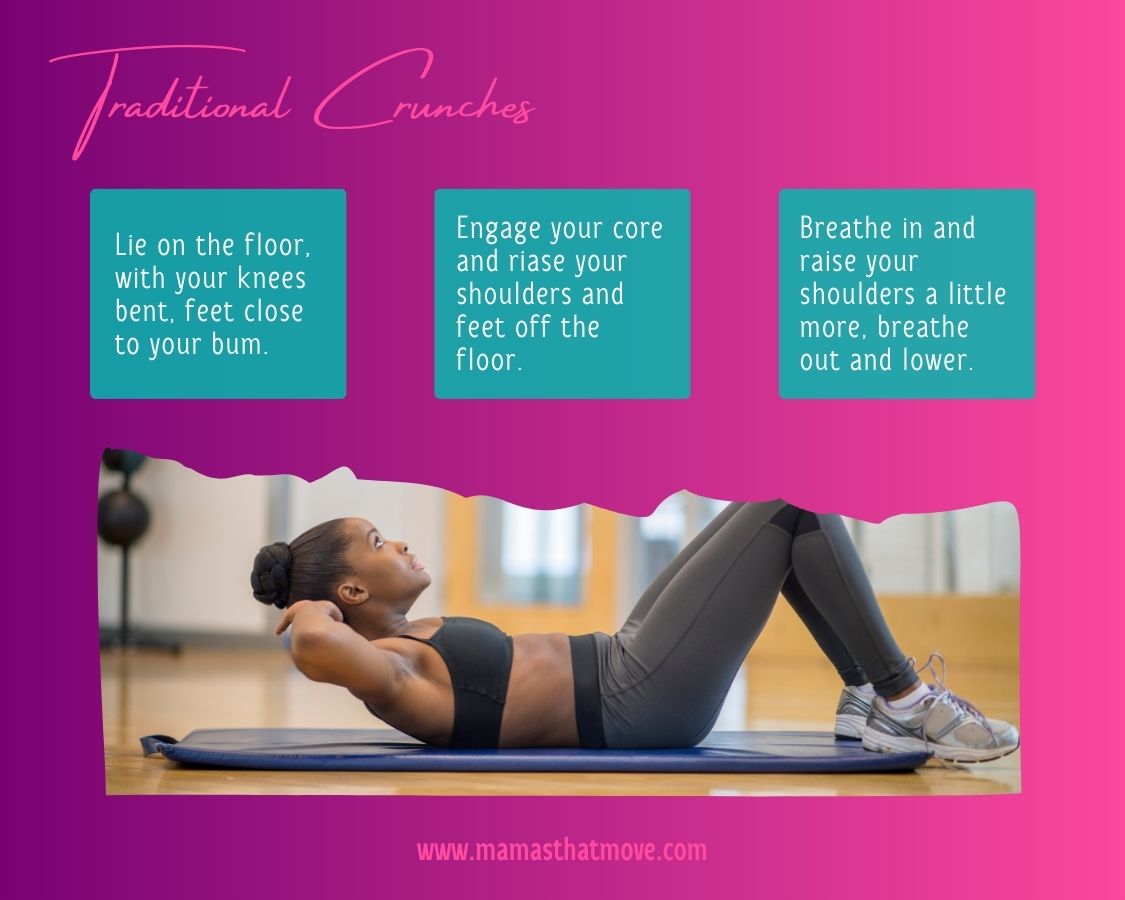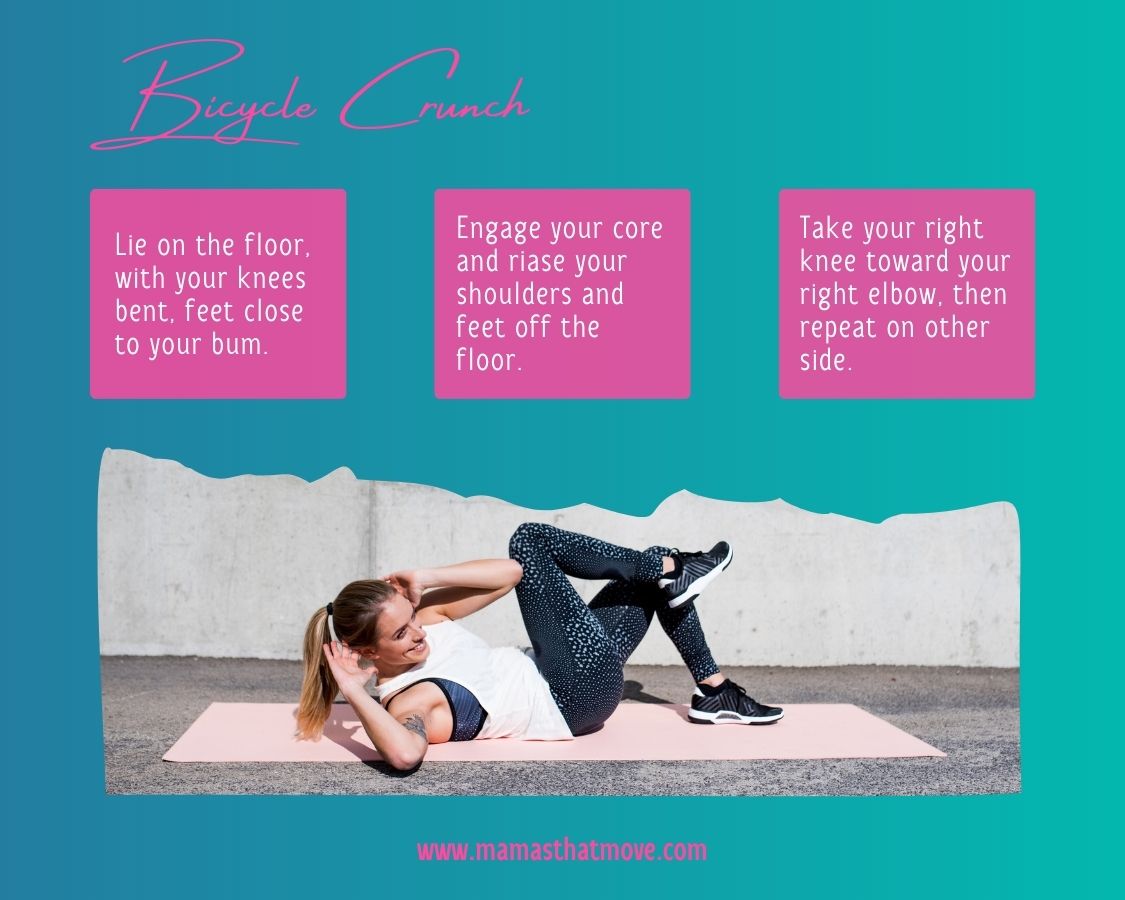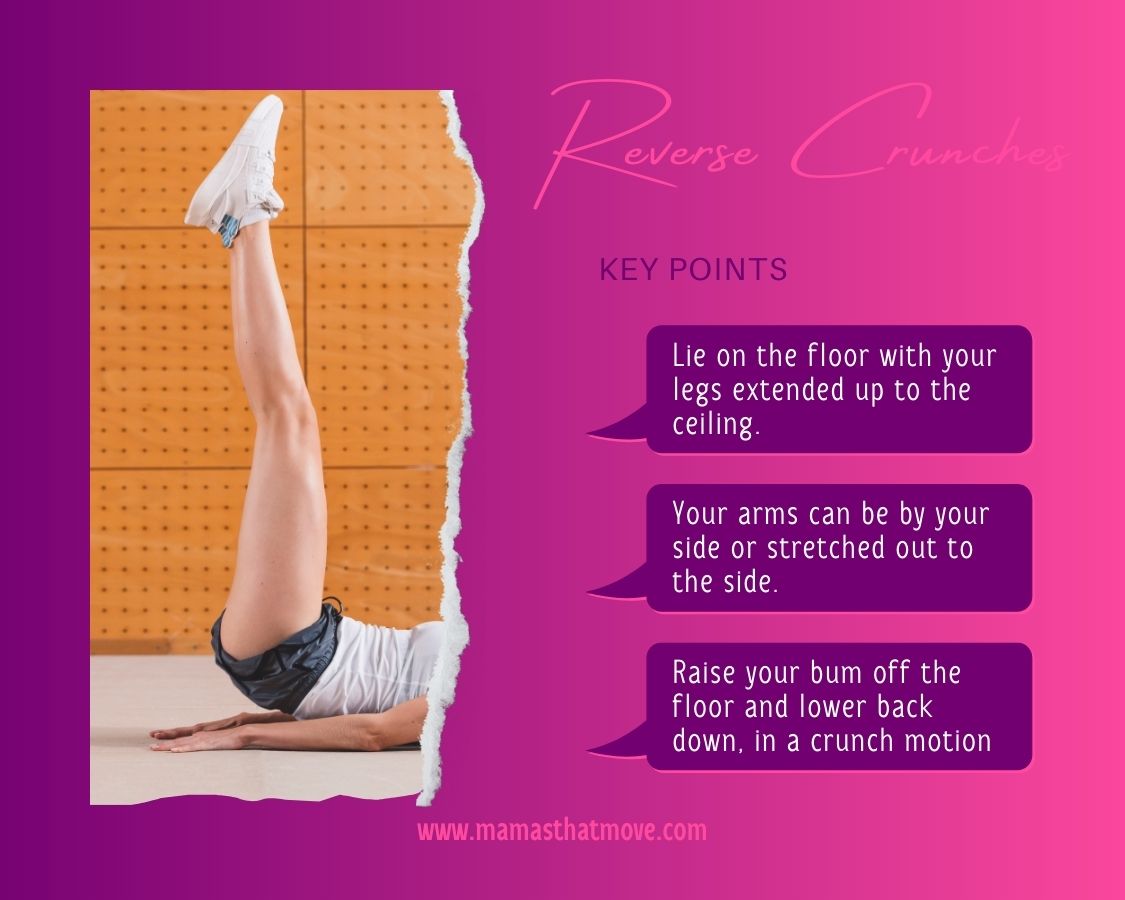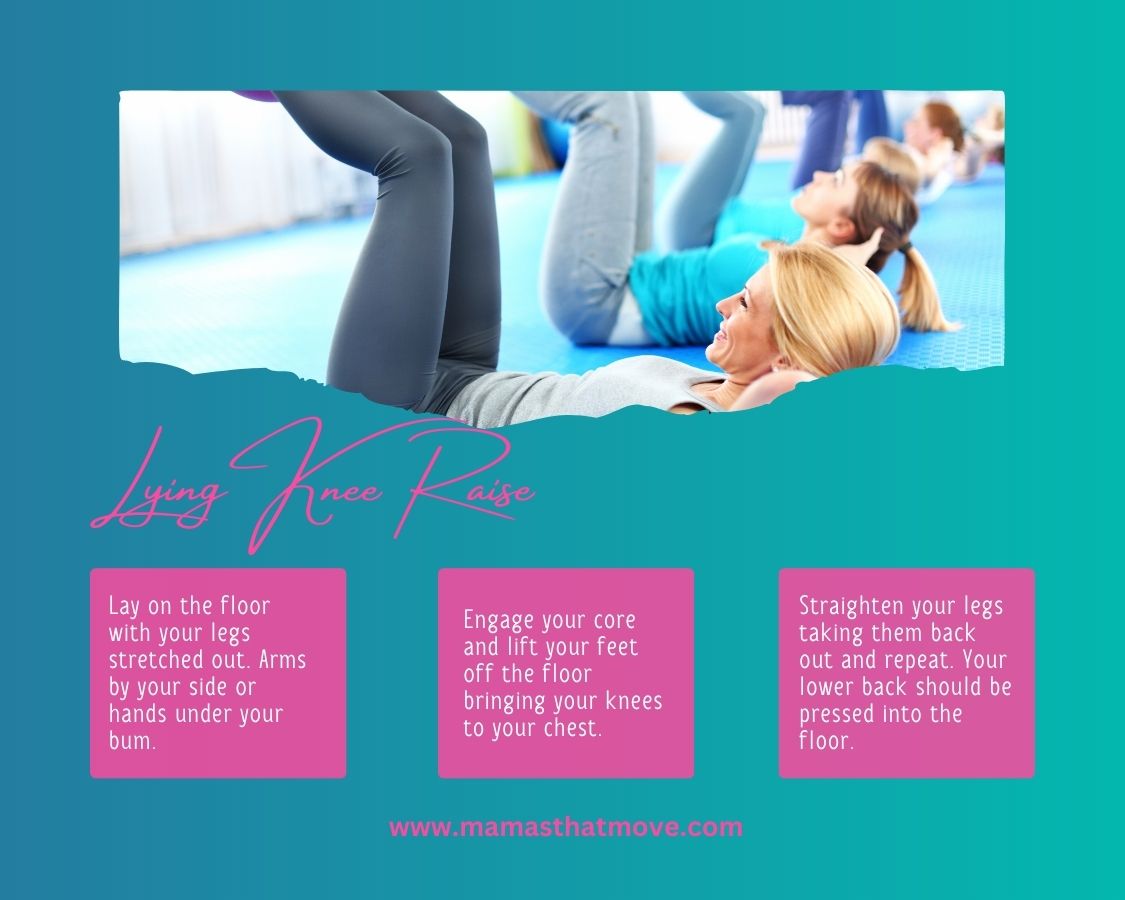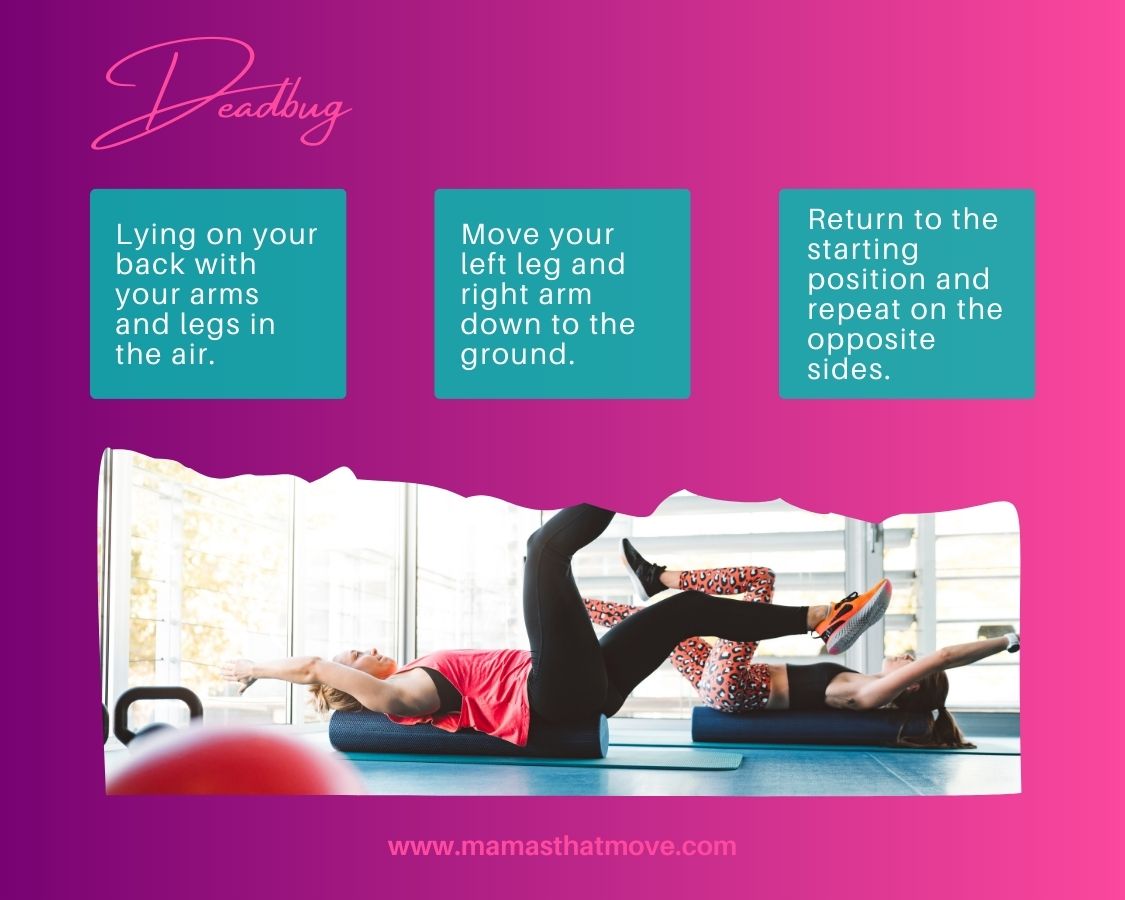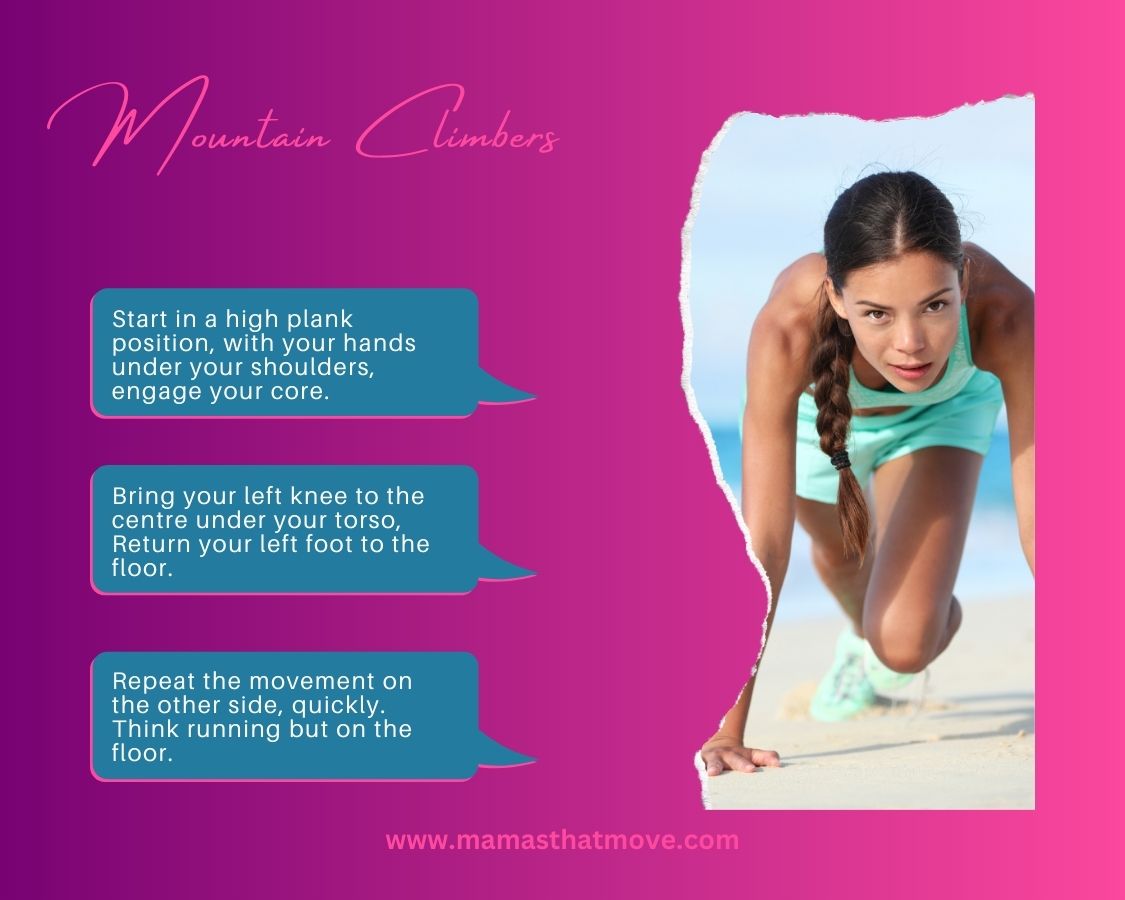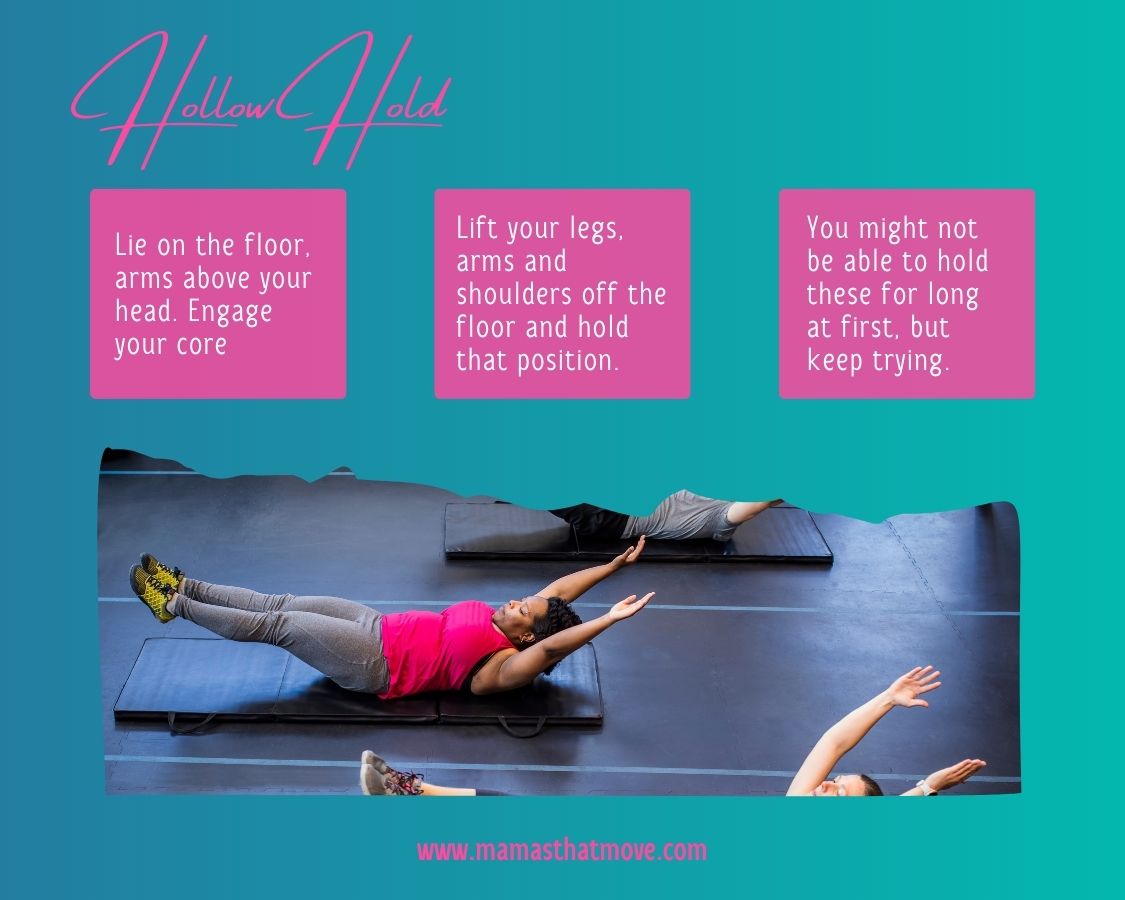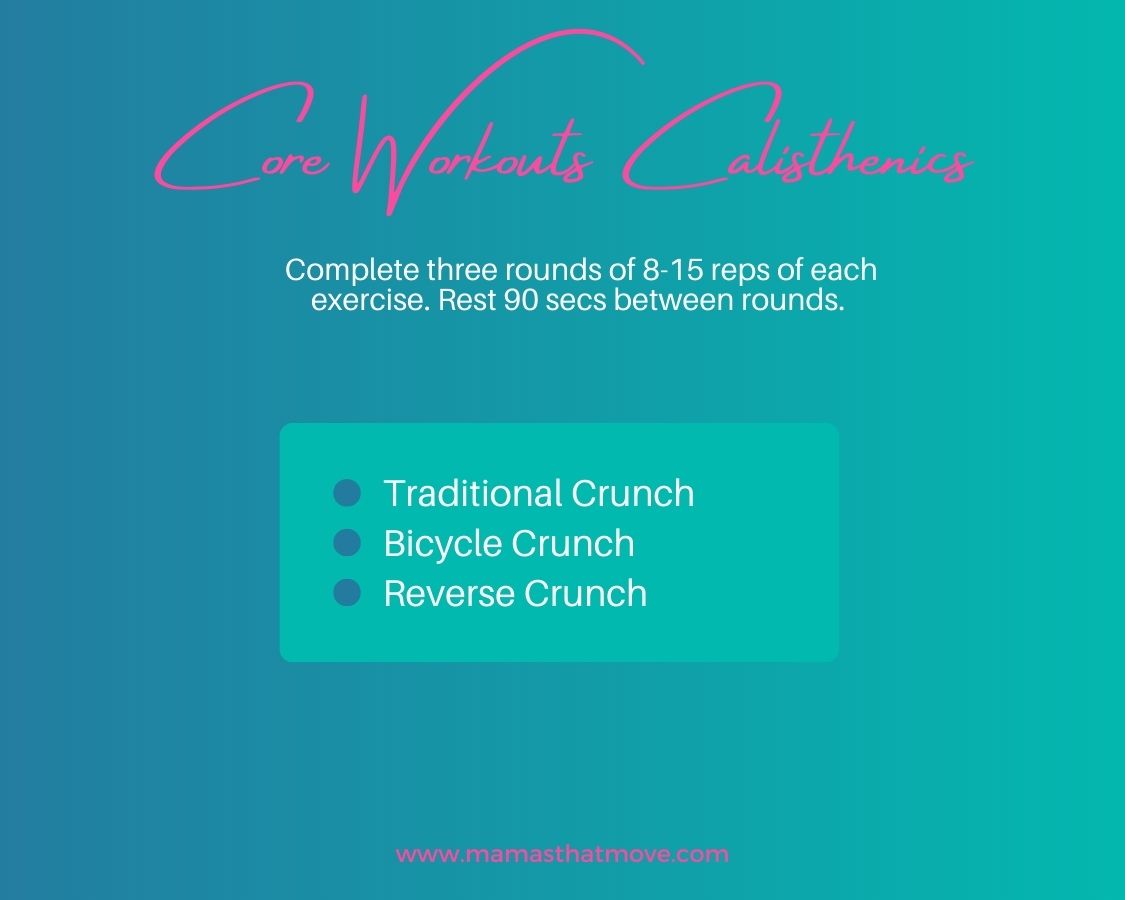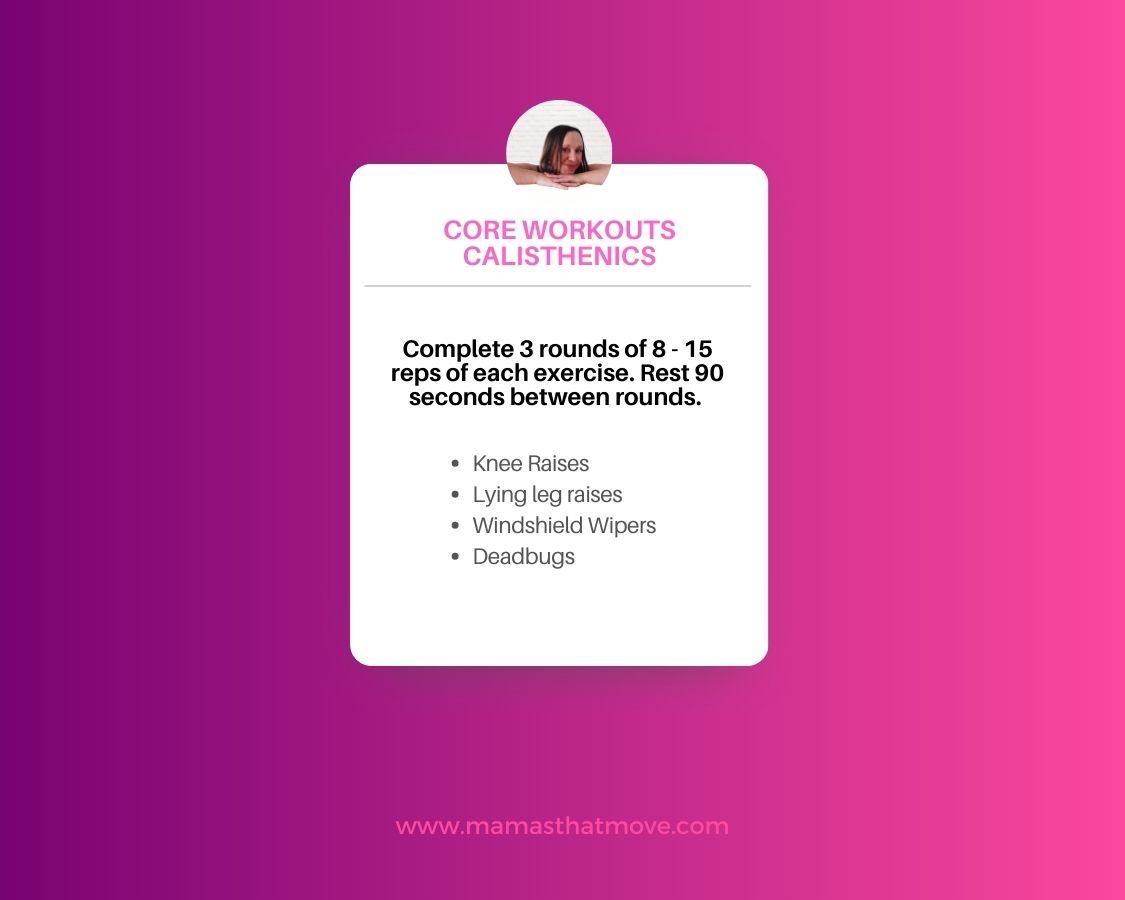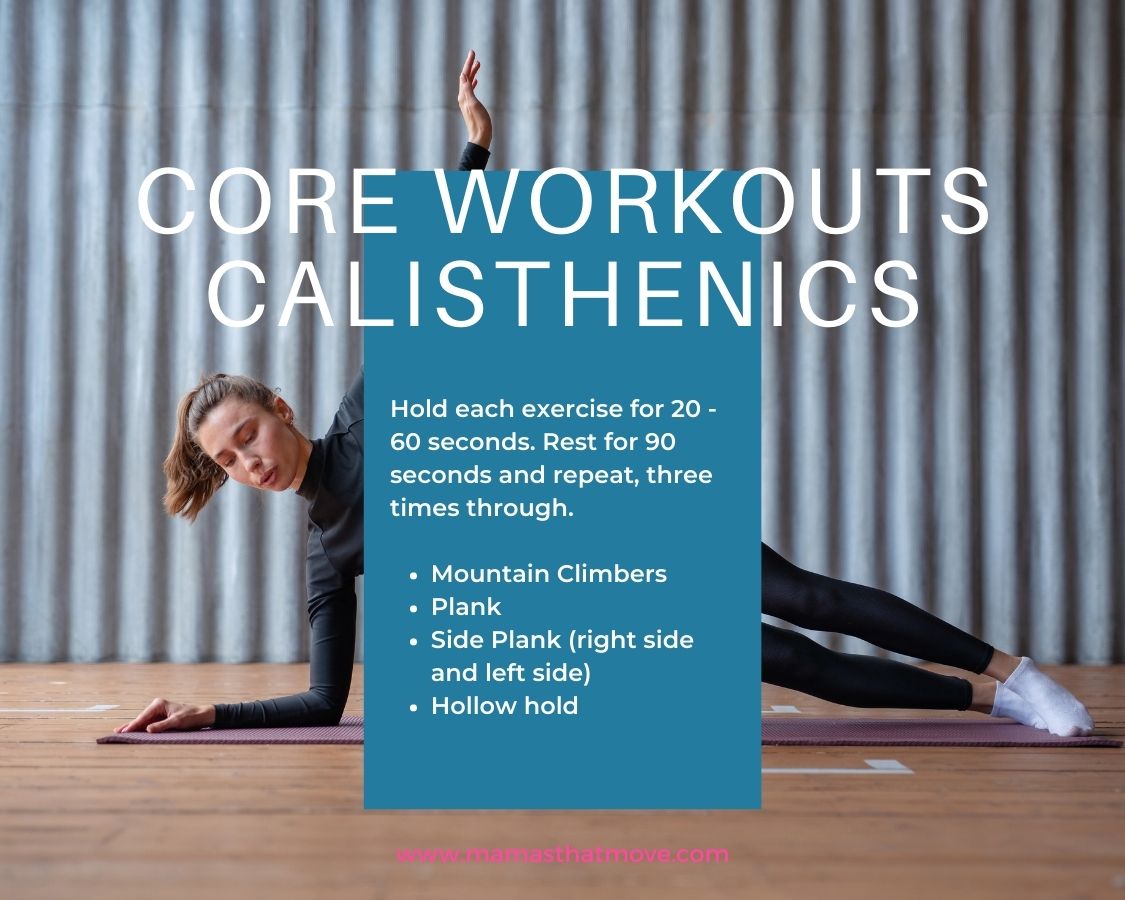- Home
- What is Calisthenics
- Core Workouts Calisthenics
Core Workouts Calisthenics to Strengthen and Sculpt Your Core
If you want a sculpted, toned and stronger core, try these core workouts calisthenics. There's 3 workouts and advice on how to scale them.
Beth's 1 Week Meal Plan

Do you want a flatter belly?
Lose the baby belly?
The mum tum? The mommy pooch?
It’s one of the
biggest goals that my clients come to me with.
Some used to have a
flat belly, pre-baby, and want it back. For others, like me, they’ve
never really had a flat belly and desperately want one.
It’s a massive
driver for people to get healthy.
Well, these workouts
will help. You will have to supplement these workouts with general
cardio and a healthy diet, but they will help you tone and strengthen
your core.
Interested?
Let’s do this….
Core Workouts Calisthenics: What are Your Core Muscles?
When most people
think of their core, they tend to focus on they’re abdominal
muscles. And to some extent they’re right. A large part of your
core is your abs.
But, it’s not the
only part of your core.
You’re core is
bigger than your abs.
If you think of it
this way, your core is the central part of your body. It’s your
abs. It’s your back, particularly your lower back. It’s your bum.
It’s your hip flexors. It’s your pelvis and your pelvic floor.
So, when you
strengthen your core, you need to strengthen all of these muscles.
Not just your abs.
So, let’s look at a few of the muscles we’ll be targeting in our calisthenics core workouts.
Rectus abdominis
These are the muscles commonly referred to as your six-pack abs. They stretch from your rib cage and your pubic bone.
The obliques
Made up of your Internal obliques and external obliques they are known as your side abs and help to create a twisting movement in your trunk.
Transverse abdominis muscles
These are the deepest layer of your ab muscles. They wrap around your waist like a corset or a belt. It’s a really important muscle it's the one associated with good posture. It helps with breathing, stabilising your back and supporting your abdominal wall.
Lower back muscles and your hip flexors
These are an important part of your core. They’re aren’t ab muscles, but they are connected to them and considered a part of your core.
Any good core, or even ab workout, should include lower back and hip flexor exercises.
Your glutes are also a huge part of your core, they’re actually a huge part of your body in general, they’re the biggest group of muscles on your body. So, they deserve a workout all on they’re own.
If you want a great
glute workout then check out my glute workouts.
Back to your core
muscles.
So these workouts will primarily focus on your ab muscles, your lower back muscles and your hip flexors.
Core Workouts Calisthenics: Benefits of Having a Strong Core
I know we all want a
flatter belly, but there are other reasons to work your core. Other
benefits to having a super strong core.
Here are a few:
1. You’ll have better Posture
I don’t know about
you but my posture isn’t great.
In fact it’s a bit
appalling.
My shoulders slump,
my neck sticks out, my lower back rounds.
I have to be really
conscious of standing, and walking with better posture. I know when I
am...my hip flexors feel like they’re getting a great stretch.
But bad posture can
be the result of a weak core, and it can cause a weaker core. It’s
like a viscous circle.
Strengthening your core, might not fix your posture instantly, you might have to do other work, like stretching your chest, strengthening your trapezius muscles...but, it will be a great start and will significantly improve your posture.
2. You’ll have better balance and be more stable
You might not be too
worried about your balance and stability at the moment, but there
will come a time in your life when you will be.
As you get older
slips and trips turn from being slightly annoying and embarrassing to
potentially debilitating. And not just because you run the risk of
really hurting yourself.
Once you do hurt
yourself, your confidence gets knocked and you start to worry about
going our on your own.
But, with a strong
core you will be more stable on your feet.
My 92 year old
grandfather had a fall a few months back.
He tripped.
Luckily he didn’t
hurt himself. Not significantly anyway. He was a bit bruised.
The reason.
He’s always been active. He was actually a first Dan in judo. He no longer practices, but he dances. Anyway, he’s always had a super strong core. And even after years of not practising judo, when he tripped, his core was strong enough, and his muscle memory was strong enough, that he went straight into a judo role.
Your core is important now. But it will become even more important as you get older.
3. It’s going to help you with other sports.
Whether you want to
dance, strength train, run, walk, swim, play tennis, play football,
or just throw your kids about, having a strong core is going to help.
It’s because it
stabilises the centre of your body and gives your limbs something to
pull against.
Before you do
anything, any kind of movement, your core should fire up before your
limbs get to work. A strong core provides a great foundation for the
rest of your body.
You’re only as
strong as your weakest muscle.
If your core is the weak link, the rest of you won’t be able to get strong.
4. It will help reduce your pain
If you’re
suffering with any kind of pain exercise is going to be the last
thing on your mind. But, strengthening your core is going to help.
Especially if that pain is lower back related.
I know there are
many, many, many things that might be causing your lower back to
hurt, but, a weakened core could be substantially adding to your
pain. If it’s not the primary cause.
You see, when
something in your body is weak, other areas, muscles, joints, have to
take the strain. And if your core is weak, it’s usually your lower
back that takes over.
So, a weak core may
not be the initial cause of your lower back pain, but, having a
strong core is not going to hurt it.
If you are suffering, please consult your doctor before you start any new workout routine and talk to a personal trainer about a suitable exercise programme and make sure you’re doing all of the exercises with good form.
5. It will makes everyday tasks easier
Being stronger
generally makes everything easier, and this is no less the case with
your core.
When the centre of
your body is strong and stable, the rest of your body has less work
to do. Your core can take the weight.
Bending over,
putting shopping away, lifting your toddler, carrying your toddler,
carrying shopping bags, even walking. They’re all made easier when
your centre is strong.
Ok, shall we get on with the workouts?
Core Workouts Calisthenics: What you’re going to do
A calisthenics
workout is essentially strength training, but using only your own
body weight and gravity.
So, these workouts
are going to be a little different than the other workouts you may
have seen on Mamas that Move.
We’re going to be
focusing on strength, rather than heart rate and fat loss.
There may still be a
little of that, but mostly they will be few reps, more rounds and
more rest.
You need the rest
with a strength workout.
I will try and keep
them short, around 15 minutes, but if you need more rest than stated,
do take it. Remember, these workouts are about quality reps and not
rushing through them.
If you’re going to
tag these onto any other workout, do them at the end.
Your core is such a
vital part of most exercises, if they’re fatigued because you’ve
done them first, you won’t be able to complete other exercises
properly.
All of these
calisthenic exercises are bodyweight exercises. There are advanced
versions where you might need a pull-up bar, but, it’s not
essential. Even when you get stronger. Just adjusting the movement
slightly will keep the exercises and the workouts challenging.
I go into detail on
that below.
So, let’s get on
with the movements.
I’m keeping all of
the exercises to a beginner, intermediate level. There are some
really cool advanced calisthenic movements, dragon flag, human flag,
L sit for example, which would be great for strengthening your core.
But, it’s much
better to work on the basics than to rush into those advanced moves.
Try them when you’re
stronger.
If you’re already
at that level check out the School of Calisthenics.
If not, let’s get to it.
Core Workouts Calisthenics: The Core Exercises
Core Workouts Calisthenics: Traditional Crunches
Crunches are a very
similar motion to the sit up, but you do a small crunch rather than
sit all the way up.
They work all of
your ab muscles, and they work your hip flexors so they’re a great
movement to increase your core strength.
Lie on the floor
face up with your knees bent, feet close to your bum.
Engage your core and
raise your shoulders off the floor.
You can put your
hands behind your head, interlacing your fingers. But if you do this,
make sure you don’t use your arms to do the exercise. The movement
should come from your core. It might be easier, and less tempting if
you hold your fingers tips to your temples.
Once you’re in
position, make sure your core is still engaged and lift your
shoulders a little further up to the ceiling and lower down, but not
all the way to the floor.
Crunch Up, lower down. Crunch up. Lower down. And repeat.
Core Workouts Calisthenics: Bicycle crunch
The starting
position of a bicycle crunch is very similar to a traditional crunch.
So lying on the floor with your knees bent and your feet close to
your bum.
This time, when you
raise your shoulders off the floor, you’re also going to raise your
feet off the floor and bring your knees up so that your shins are
parallel to the ceiling.
Once you’re in
this position you’re going to crunch up, but as you do you’ll
take your right elbow over to your left knee. Come back to centre and
repeat on the other side, left elbow to right knee.
This is another great movement that targets your obliques just a little more due to the twisting motion.
Core Workouts Calisthenics: Reverse crunches
Reverse crunches are
great if you struggle with regular crunches. And you might find them
a little easier.
If you are really
struggling with traditional crunches, then substitute this movement
in the workout.
This is another
lying on the floor exercise, you can have your arms straight out,
down by your side, or you can put your hands under your bum.
Legs go straight up
in the air with your feet pointing to the ceiling.
Then raise your bum
off the floor lifting your feet further up to the ceiling and lower
back down.
This isn’t a big movement. It’s a crunch movement.
Core Workouts Calisthenics: Lying Knee Raises
This is a modified
version of the hanging knee raise. It is easier. So once you’re
comfortable with this movement, and you’re stronger, try the
hanging knee raise.
But, for the lying
knee raise, lay down on the floor face up. You can have your arms
straight out to the side, down by your sides, or put your hands under
your bum. Your legs should be out straight.
Engage your core and
lift your legs off the floor, bending your knees and bring them into
your chest. Take your legs back out straight, but hover them above
the floor.
And repeat.
If you find that difficult you can place your feet back on the floor and start again.
Core Workouts Calisthenics: Lying leg raises
The lying leg raise
is also know as a leg lift. So if you see leg lift in a workout, it
means this exercise.
Again lying on the
floor arms out to the side, down by your side, or hands under your
bum if needed. Engage your core and lift your legs straight up to the
ceiling.
A slight bend in
your knees is absolutely fine if it’s needed.
Then lower your legs
back down but not all of the way to the floor.
It’s really
important with this exercise, well all of them actually, that you
keep your lower back pressed firmly into the floor.
Don’t let it
raise. If it does, don’t lower your legs quite as far.
Keep repeating for the required reps.
Core Workouts Calisthenics: Windshield Wipers
I’ve used this
exercise quite a few times in my ab workouts. It’s a firm favourite
of mine. It’s great for targeting those oblique muscles, as there’s
a lovely twist involved.
Laying on the floor
face up, arms can be where ever you find comfortable. Engage your
core and lift your legs straight up to the ceiling.
Keep a bend in your
knees if you need to.
Keeping your upper body firmly routed to the floor take your legs over to one side, then return through centre and over to the other side. Like windshield wipers.
Core Workouts Calisthenics: Deadbugs
Deadbugs are an
amazing exercise for targeting your deep core muscles, your
transverse abdominis. And that is really important for everyone, but
especially us mamas.
They won’t have
your abs aching like mad the next day, but that doesn’t mean
they’re not effective, nor a must do.
Laying on the floor
raise your legs and your arms up. You should have a bend in your
knees, so your shins are parallel to the ceiling and your arms should
be pointing straight up.
Engage your core,
lower your left leg and your right arm down to the floor. Lift back
up and repeat on the other side, your right leg and left arm.
Repeat until you’ve
done the required amount of reps.
Take this one easy. Really concentrate on controlling the movement. It shouldn’t be done as quickly as possible, it should be done with the best form possible.
Core Workouts Calisthenics: Mountain Climbers
Most people think of
mountain climbers as a cardio exercise, and they’re right, they
are. But they are also really great at working those ab muscles.
Get into a high
plank position, down on the floor with your hands under your
shoulders and your feet should be up on your toes.
Engage your core and
bring your right knee up to your chest. It should come quite central
to your chest. Return your toes to the floor and repeat on the other
side.
This movement is quick. Think high knees, but facing the floor.
Core Workouts Calisthenics: Plank
The plank is a
classic exercise. And for very good reason. It is a great exercise,
it does the job of making cores stronger the world over. And it will
make yours stronger as well. It works your entire core.
It’s one of the
isometric exercises, there’s no movement involved. You just hold
the position. It is tough. So be warned.
In the workouts
below you start with a short time and work up. They’re not set in
stone. Adjust them if you need to. If you’re just starting out, you
might find 10 seconds is tough enough. If you’ve been exercising
for longer, you might want to start with 30 seconds, possibly even 40
seconds.
The idea is to
challenge yourself. And to keep challenging yourself. Keep these
exercises feeling tough.
That way your body will always be adapting.
Core Workouts Calisthenics: Side Plank
A variation on the
classic plank, this time you’ll be on your side, so only one side
of your body will have contact with the floor.
Laying on your side,
bring your elbow or your hand under your shoulder and your feet one
on top of the other.
Lift your bum and
hips off the floor so you’re in a diagonal straight line from your
head to your feet.
Whether you’re on
your hand or your elbow it doesn’t matter. It may be too painful or
difficult on your wrist for you to be on your hand, so come down to
your elbow.
You will still get
stronger.
If you’re
struggling with balance, put both feet on the floor, one in front of
the other.
Also, if you’re
finding it tough, drop your knees to the floor.
As with all of the
other moves in this workout, start off with a short amount of time
and slowly build. If you have to be on your knees, do the same thing.
Get up to a minute on your knees and then try 10 seconds in the full
variation.
Don’t rush it.
And remember to do both sides of your body.
Core Workouts Calisthenics: Hollow hold
This is almost like
an upside down plank.
So this time you’re
laying on the floor face up. Make sure your shoulder blades are back
and down, away from your ears. Engage your core and push your lower
back into the floor.
Lift your lower
body, your legs and your feet, and part of your upper body, your
shoulders, your arms, your neck, your head, off the floor.
Hold in this position. Tensing your ab muscles.
Core Workout Calisthenics: The workouts
In all of the
workouts below do each exercise for 8 – 15 reps, three times
through. Rest for about 90 seconds between rounds.
Start with the lower
number of reps and add a rep every couple of weeks. When you get to
15 reps, you’ll want to slightly change the workout.
You’ll be coming
down to 1-5 reps but really slowing each rep down. So every part of
every exercise for a count of 3.
Really control the movement.
Workout 1: All About the Crunches
Complete 3 sets of 8 – 15 reps for each exercise. Rest 90 seconds between sets:
- Traditional crunch
- Bicycle crunch
- Reverse crunch
Workout 2: All About the Lifts
As you get more advanced, you can swap out the lying down movements to hanging movements, hanging leg raises, hanging knee raises etc. You will need a pull-up bar.
Complete 3 sets of 8 – 15 reps for each exercise. Rest 90 seconds between sets:
- Knee Raises
- Lying leg raises
- Windshield Wipers
- Deadbugs
Workout 3: The Holds
This one will be for
time as you’re holding the movements, well, most of the movements.
Hold each exercise
for 20 seconds, to start with, and do that three times through. Rest
for about 90 seconds between sets.
As you get stronger
add in a few more seconds, maybe 5 seconds every couple of weeks.
When you get to a minute, change up the movements slightly. Make them
a bit harder, use an unstable surface, take a limb off the floor, and
drop down the time.
- Mountain Climbers
- Plank
- Side Plank (right
side and left side)
- Hollow hold
Core Workouts Calisthenics: Go Strengthen Your Core
You might be after a
flatter belly when you do a core workout, but there are so many
benefits of having a strong core.
It’s a worthwhile
endeavour, whatever your reason for doing it.
So, try one of these
strength workouts and, as always, let me know how you get on.
If you’ve enjoyed these workouts and want more workouts, tips and advice delivered straight to your inbox, then join the Mamas that Move VIP Club. You'll receive a free workout plan to get you started on your moving journey.
Get Your Ultimate Free Eight Week HIIT Workout Plan
Get fitter, stronger and leaner in just eight weeks with my printable HIIT workout Plan. Just 30 minutes a day is all you need.
Want to know more before you sign up?
Check out Printable HIIT Workout Plan to learn all about the plan, what's involved and why you should get it.
